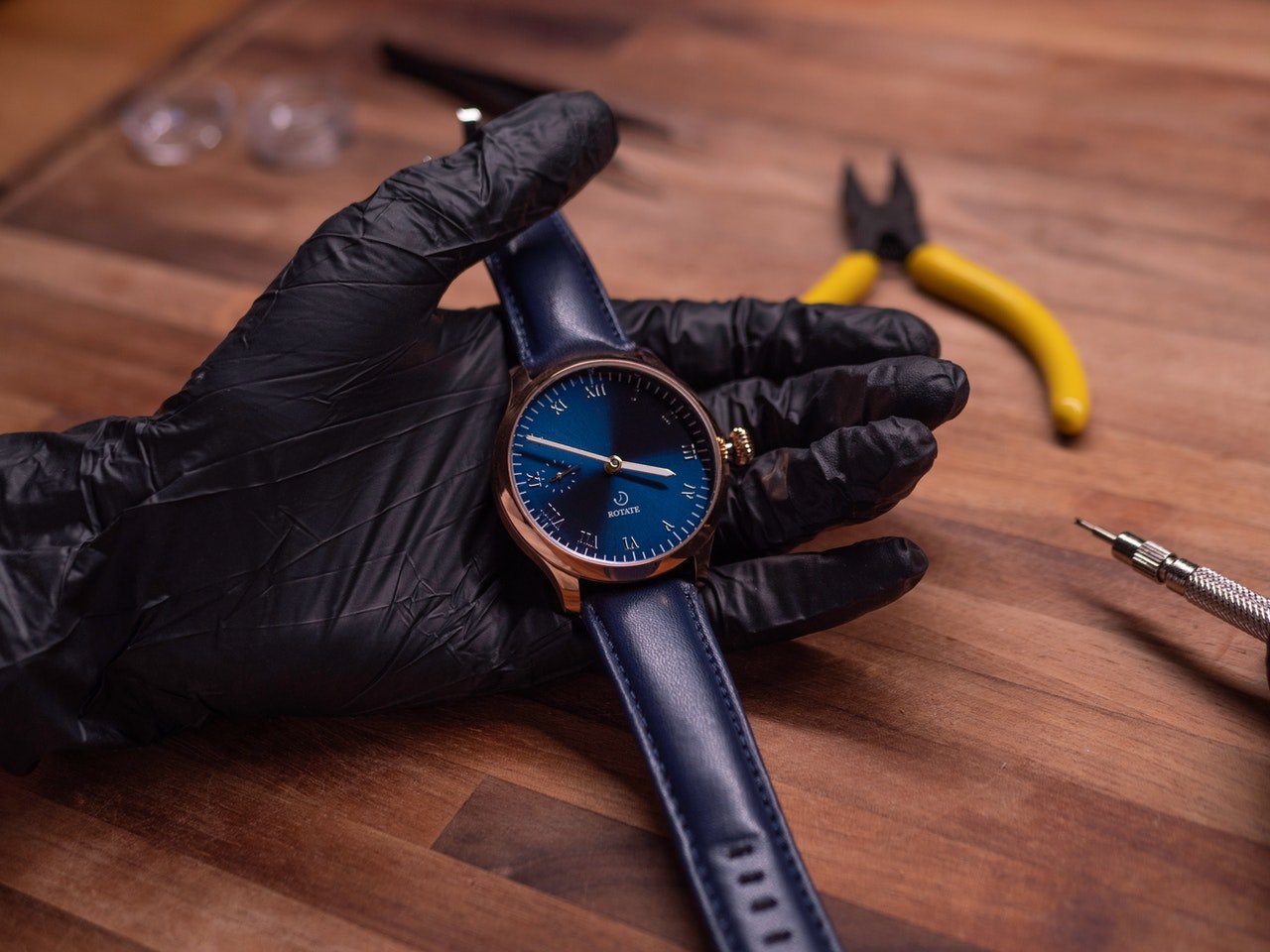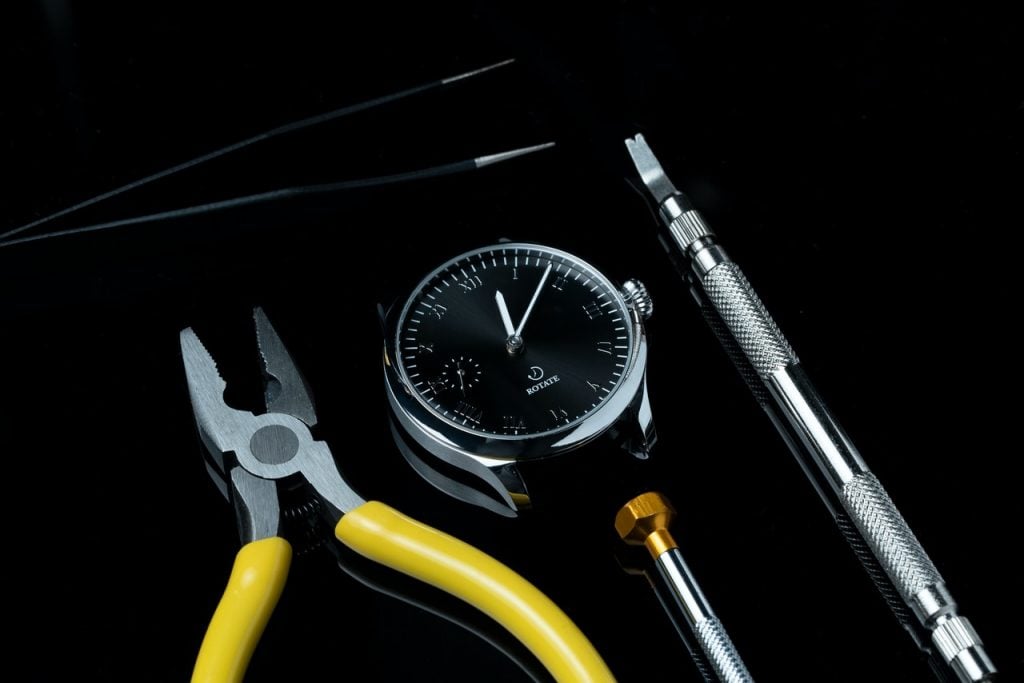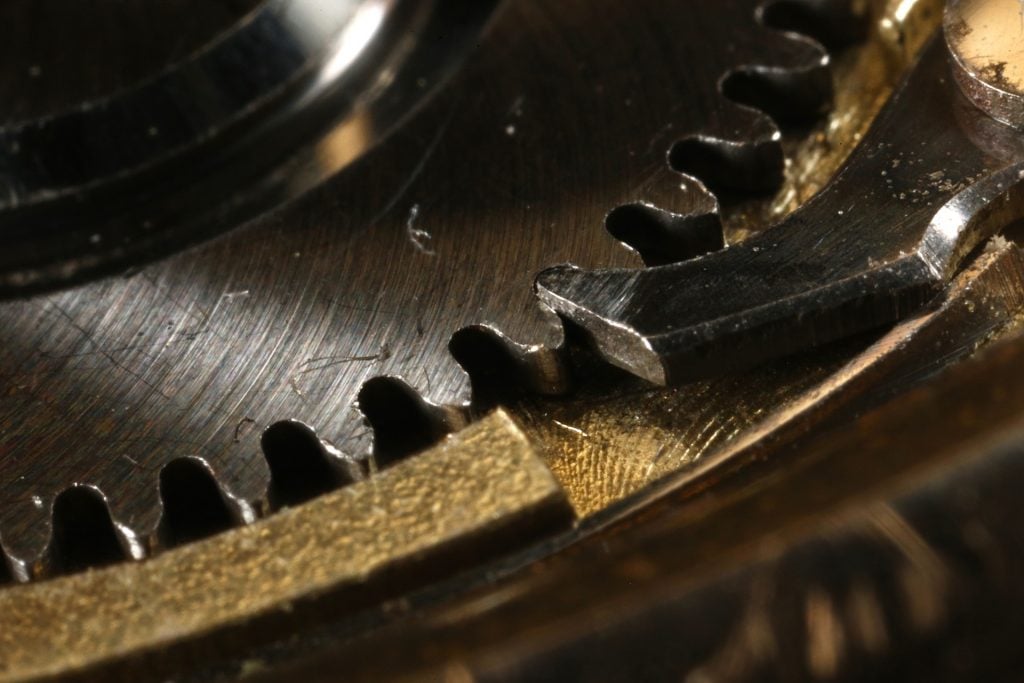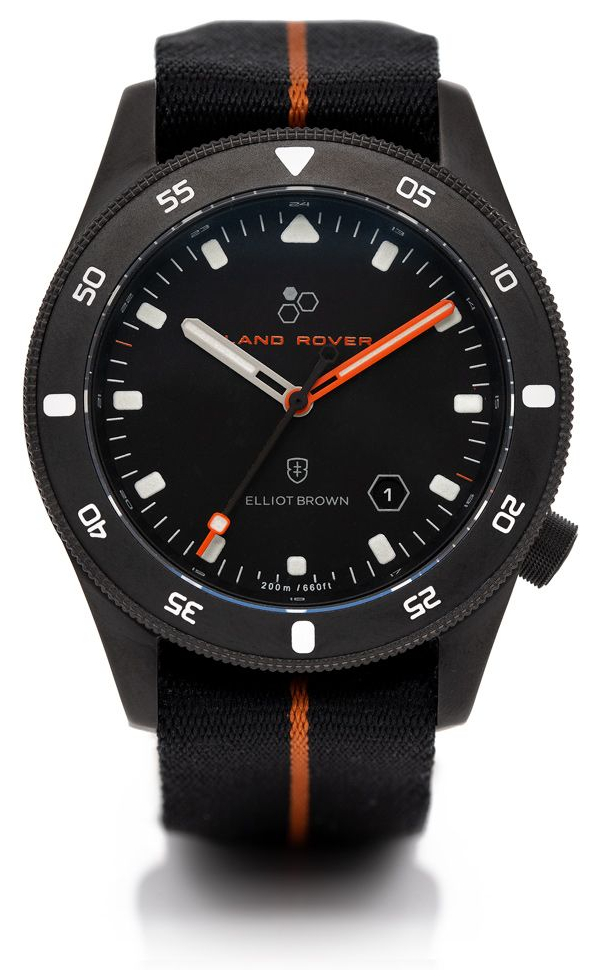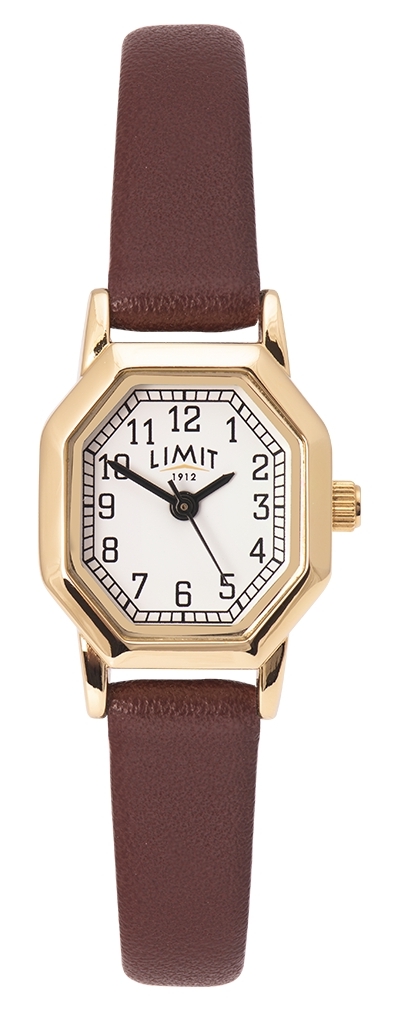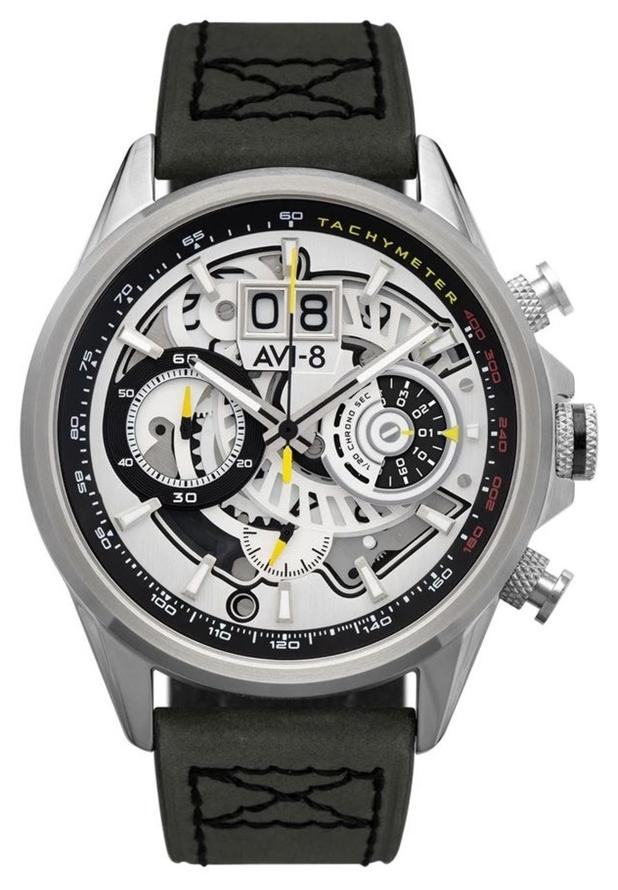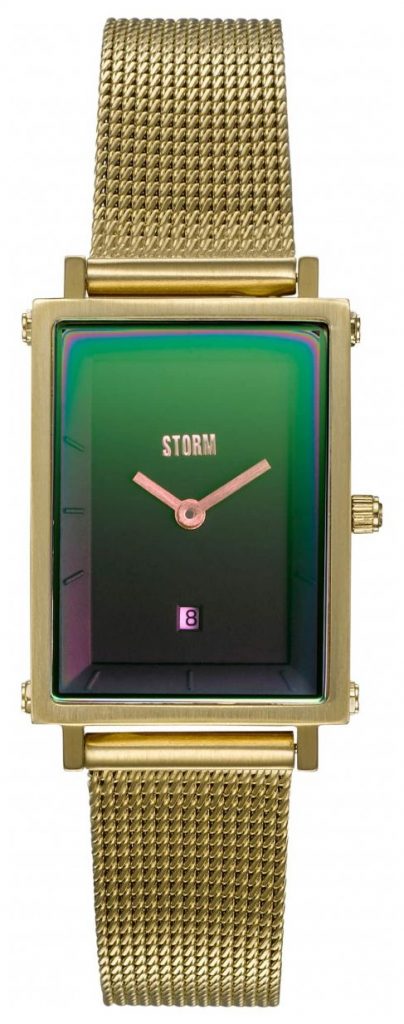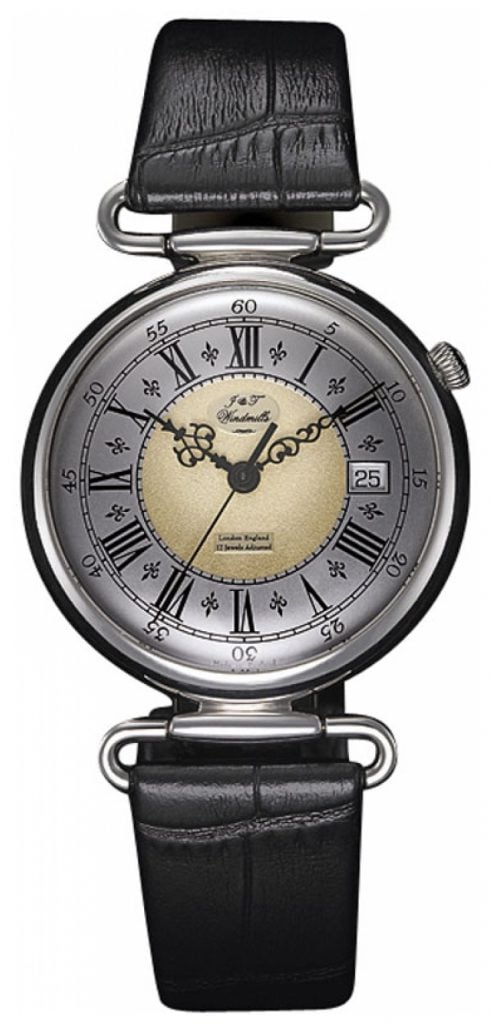Britain has been building watches and clocks since the 1500s, yet the history of British watchmaking is still relatively unknown. Although Britain has a long history of watchmaking, it has not been widely recognised as a watchmaking nation. Other countries, like Switzerland, have taken the lead within the watchmaking industry over the course of the centuries. However, the watchmaking history of Britain cannot be overlooked. Many great British watchmakers have made groundbreaking discoveries, putting Britain on the map for progress and invention within the horological industry. If you are interested in learning more about watchmaking in Britain, keep reading for a brief history of British watchmaking.
The 1500 and 1600s: The Early Days of British Watchmaking
Swiss watchmakers are credited with much of the success of the early days of watchmaking. However, British watchmakers were not far behind. Unfortunately, the early days of British watchmaking were not well documented so there is not a precise record of what was built or when. It was reported that royalty would commission unique timepieces and clocks to be specially made for their luxuriously decorated households. However, many of the clockmakers who would create the timepieces were not actually British. Rulers such as King Henry VIII, Queen Mary and Queen Elizabeth I took great pride in their commissioned clocks.
British watchmakers were determined to make their mark on the horological industry, so they worked to invent and create new methods through which to build timepieces. One such watchmaker was Robert Hooke. Hooke was an English scientist, philosopher and architect. He spent a lot of his time studying pendulums in the mid 1600s. His work led to him laying claim to having invented the balance spring. These findings were incredibly influential in the watch industry, making them a pivotal point in the history of British watchmaking. The findings were put to good use in the creation of the marine chronometer.
The late 1600s and 1700s: A Time of Great Discovery
The 1600s and 1700s were a time of significant discovery for British watchmaking. The watchmakers continued to make great progress, and the timepieces that they created were some of the most advanced in the world. A man named David Quare invented the repeating watch movement in 1680 before the portable barometer was created in 1695. This time period was one of great unrest in Europe. Due to this, many families fled from the continent to Britain. Some of these families brought great watchmaking knowledge with them, introducing new methods and practices to Britain. One such man was Peter Debaufre who patented the use of jewels in watches and clocks in 1704.
After 1700, travel and international exploration became more commonplace. This led to a demand for a new kind of timepiece. New navigation tools were required to accompany sailors on their long voyages. They needed a way to keep track of the ships longitude whilst at sea. The government were so desperate for such a tool, that they offered a reward to the first man who could create one. In the end, it was Yorkshire born clockmaker John Harrison who invented the marine chronometer.
Due to the great progress that had been made throughout the history of British watchmaking, by the end of the 1700s focus had shifted. Watchmakers were building their watches with aesthetic and design in mind, rather than solely functionality. Timepieces gradually became smaller and slimmer, making them more portable and comfortable to wear. This led to Thomas Mudge invented the lever escapement. This invention was a pivotal moment in the watch industry, and is still an integral element of watchmaking today.
The 1800s : The Peak of British Watchmaking
British watchmaking continued to move from strength to strength, allowing Britain to retain its title as an influential watchmaking nation. The watches that were created were of incredibly high quality and were greatly respected by the rest of the world. Britain reached its watchmaking peak in the 1800s. At its highest, Britain’s watch exports reached 200,000 watches per annum. In a time when watchmaking was done primarily by hand, this was an astronomical number. This was aided by continuous inventions by British watchmakers. In this time, Thomas Young invented the chronograph and Thomas Prest invented keyless winding. Automatic winding was also a product of this era and was invented by John Harwood.
Wartime to the Present Day: The Decline of British Watchmaking
Unfortunately, with a peak comes an inevitable fall. British watchmaking began declining during wartime. British watchmaking declined because the British watch industry remained stagnant whilst the rest of the world progressed. Much of the industry turned to mass production when the machinery and technology became available. However, mass production led to a lower level of quality, meaning that Britain’s small scale watchmaking was still renowned for its exceptional quality.
Throughout the war, many countries focused their attentions on creating military timepieces for their troops. This required most of the capacity of the watchmaking industry. Wartime levelled the playing field for much of the industry due to the shift in focus. However, Switzerland did not make the change to producing military watches, instead focusing on stylish and high quality dress timepieces. This gave the Swiss watchmakers a significant advantage when the war finally finished, leading them to dominate the industry.
Nowadays, it can be challenging to find an entirely British made watch. Many modern British watch brands use movements from other parts of the world. Roger Smith and Bremont are very unique brands in this respect, as they aim to create their timepieces in Britain, using British parts.
British Watch Recommendations
Elliot Brown Land Rover Holton Professional 51LHWM992BKA
Elliot Brown was founded in 2013 with the goal of creating the toughest and most durable timepieces on the market. Many of the brand’s watches are named after locations in the brand’s hometown of Dorset. This watch is a collaboration between Elliot Brown and Land Rover, making it an example of British technological excellence. This model exhibits a black dial with luminescent indices and hands. It is framed by a 43mm case made from black marine-grade stainless steel. In order to make this watch as robust as possible, sapphire glass is used to protect the dial and the watch has been built to be water resistant up to 200 metres. The watch is secured on the wrist using a black EPDM rubber strap and a lightweight black textile strap, making the watch versatile and easy to wear. The watch is powered by a quartz movement.
Limit Women’s Brown Leather Strap | Gold Plated Case | White Dial 60121
This ladies’ Limit watch has a very traditional appearance, making it a timeless and versatile watch. Limited was founded in 1884 in Oldham, making it an inherently British brand. The brand now uses Swiss movements inside British made cases. The white dial is this watch is framed in a gold plated octagonal case. The case houses a precise and reliable quartz movement. The watch is finished with a brown PU leather strap that fastens using a pin buckle. This watch would make a great addition to any collection due to its simplicity, yet unusual case shape. Limit watches are very affordable, making them a great choice for new collectors.
AVI-8 HAWKER HARRIER II | Chronograph | Green Leather Strap AV-4065-01
The AVI-8 brand is owned by a UK based group, giving it a sense of British heritage. Each timepiece created by the brand is instilled with British history as they are all named after iconic British aircraft. This watch is from the Hawker Harrier II collection which is named after the Hawker aircraft that was used internationally. This model features an eye-catching skeleton dial design that allows the wearer to admire the Japanese quartz chronograph movement that powers the watch. The case back is carved with a design resembling the turbine blades of the Rolls Royce Pegasus engine that was used in the Harrier. This model is finished using a black genuine leather strap for an elegant finish.
STORM Issimo Gold Lazer Green | Gold Steel Mesh Bracelet | Green Dial 47489/GD/GN
STORM is a British brand that prides itself on its statement design and trend led watches. It is the leading British fashion watch brand on the market. This watch exhibits a bold green, rectangular dial with a minimalistic design. It features gold hour and minute hands and a small date aperture. The dial is treated with a lazer effect, meaning that it appears to be different colours under different lights. The case and bracelet of the watch are made from gold coloured stainless steel, giving a sleek and elegant finish. The watch is powered by a quartz movement.
J&T Windmills Men’s Throgmorton Mechanical Sterling Silver Watch WGS10002/50
J&T Windmills is a pillar of British watchmaking. The brand was founded around 1640 and 1650. It was said to be one of the finest watchmakers in late seventeenth century London. The brand have stayed true to its original designs with many of its watches exhibiting a very traditional look. Every J&T Windmills watch is individually numbered making them a unique and collectable item. This model features an original Windmills lantern clock dial with black Roman numerals and elaborate hands. The case of the watch is made from sterling silver and the case back is engraved with a floral design. This model is powered by a Swiss ETA hand-wound mechanical movement that features 17 jewels. The watch is secured on the wrist using a black articulated leather strap.
What are your thoughts on our history of British watchmaking? Would you add a British-made watch to your collection? Let us know in the comments below!

